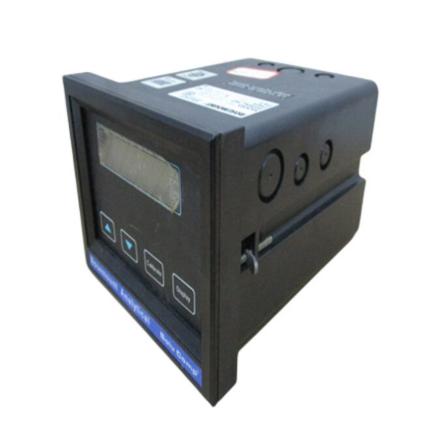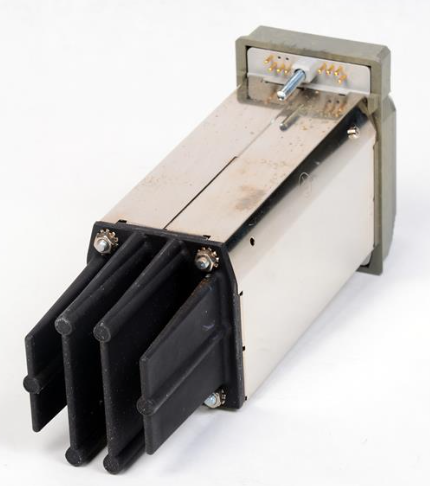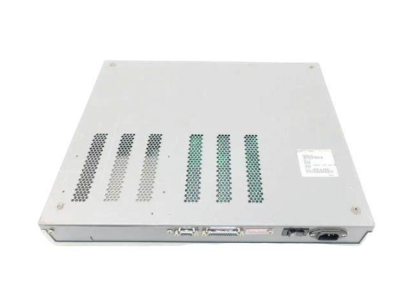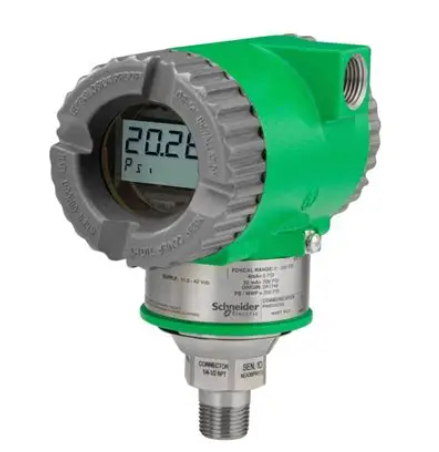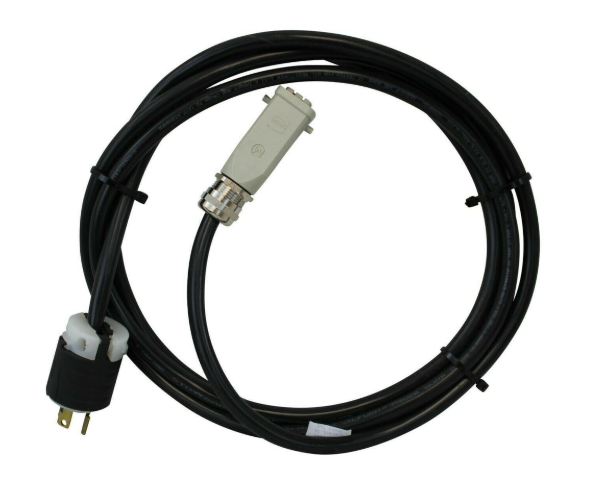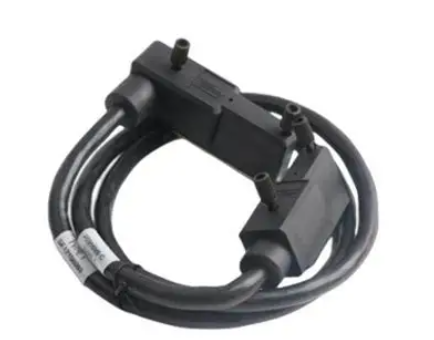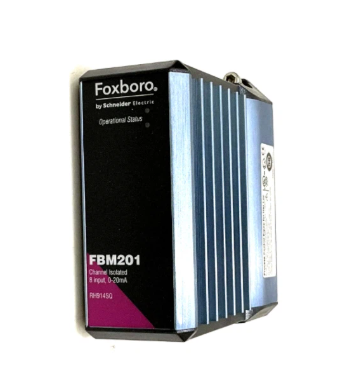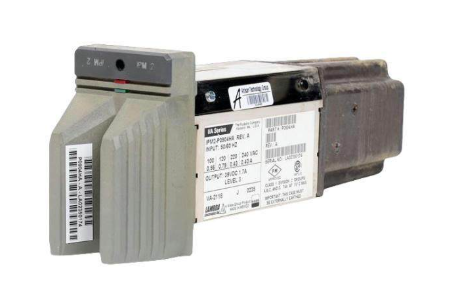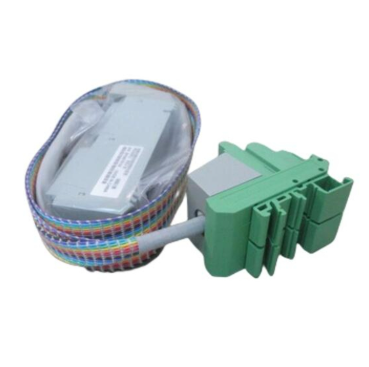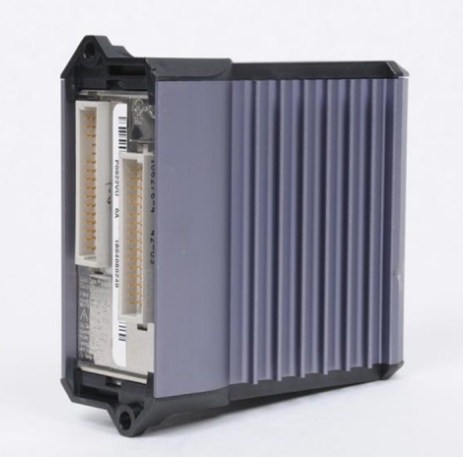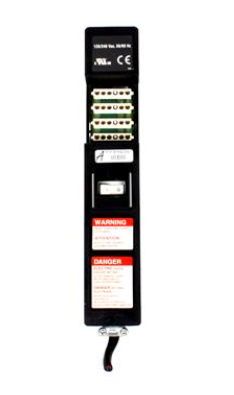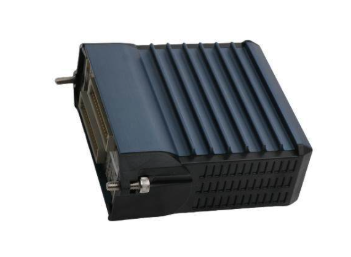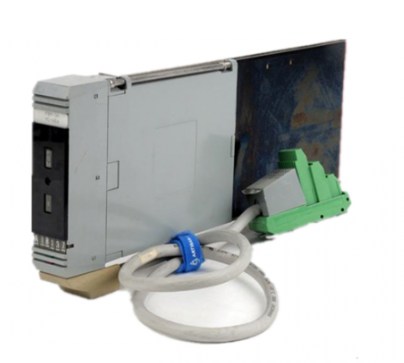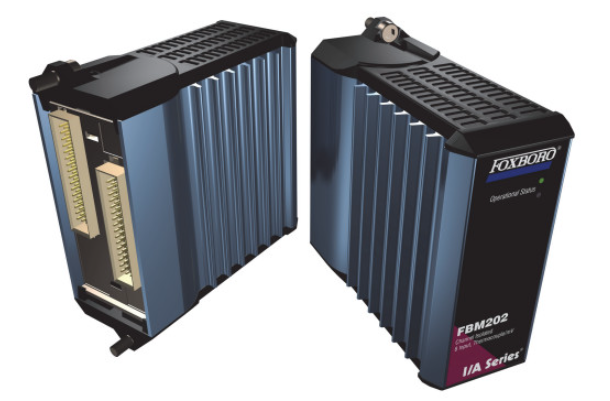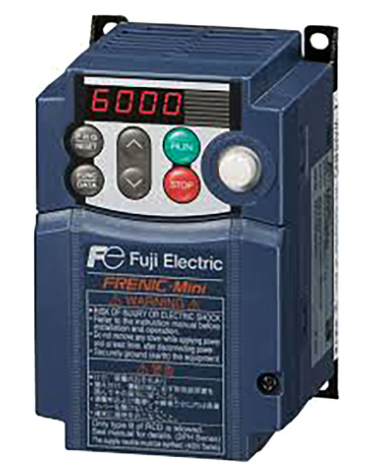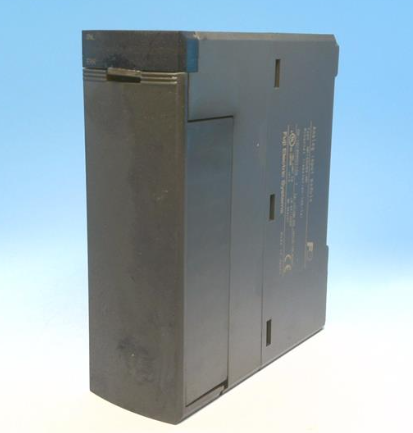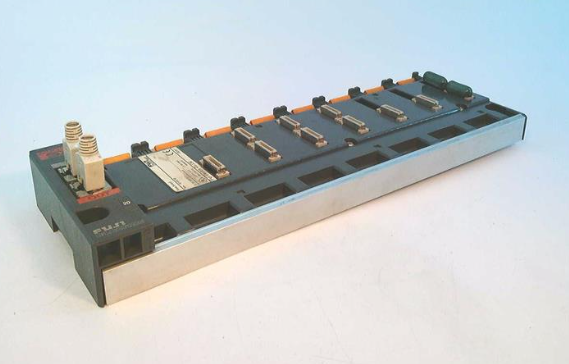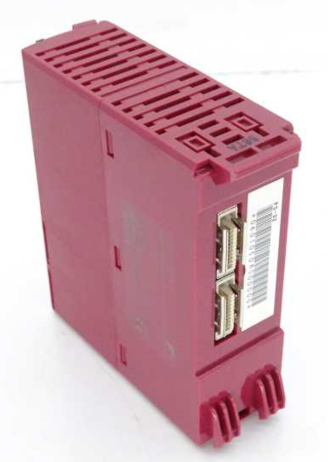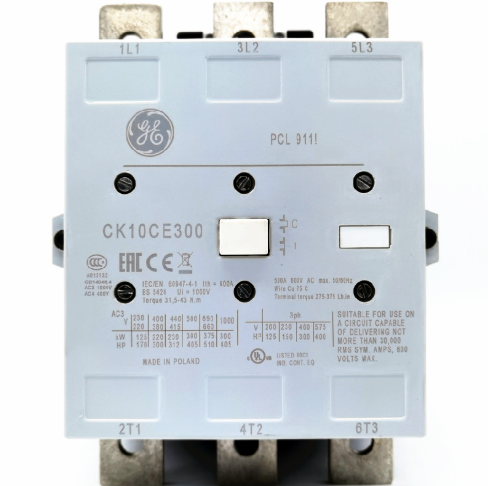Oil industry development
First, crude oil supply and demand
1 Oil consumption is down year-on-year
In 2022, affected by multiple factors, domestic oil consumption declined year-on-year. According to the statistics of the Research Institute of Economics and Technology of petrochina, in 2022, China's apparent oil consumption was 719 million tons, down 0.6% year-on-year, which is the first negative growth in nearly 30 years. Measured from the perspective of terminal consumption, China's apparent oil consumption in 2022 was 692 million tons, down 4.4% year-on-year and down 0.6% from the same period in 2019.
2 Crude oil production returned to 200 million tons
Data from the National Bureau of Statistics show that in 2022, China's crude oil production returned to 200 million tons, reaching 204.722 million tons, an increase of 2.9%, which is China's crude oil production growth for four consecutive years. Unconventional oil and gas has become an important field of stable oil production. In 2022, unconventional crude oil production will account for about 10% of total output, of which shale oil production will exceed 3 million tons, becoming a stable crude oil production force.
In 2022, domestic oil and gas enterprises steadily promoted the implementation of the "seven-year Action Plan" and continued to increase exploration efforts, including nearly 1.46 billion tons of new proved geological reserves of oil, mainly from the Ordos Basin, Bohai Bay Basin (including sea areas) and Tarim Basin. Deep oil and gas exploration, deep water oil and gas exploration and unconventional oil and gas exploration have made major discoveries and new breakthroughs. The Shunbei Oil and gas Field base of "Shendi No. 1", China's first oil and gas project named "deep Earth Project", has efficiently implemented two oil and gas rich areas with over 100 million tons of resources. Bonan Buried Hill in Bohai Bay Basin, Fuman Ordovician system in Tarim Basin, shale oil New Area in Subei Basin, Jiyang Shale oil National Demonstration Zone in Bohai Bay Basin, etc. have all realized 100 million tons of crude oil resources.
3. The price of crude oil imports increased
Data from the General Administration of Customs show that in 2022, China imported 508.276 million tons of crude oil, down 0.9% year-on-year, and the import amount was 2,435 billion yuan, an increase of 41.4%. Crude oil imports accounted for 13% of China's total imports of goods trade in 2022, and it is still China's second largest import commodity after integrated circuits. Under the influence of geopolitics, international oil prices are unusually high, and the cost of crude oil imports is too high, which is the main reason for the year-on-year decline in China's crude oil imports in 2022. In 2022, China's dependence on foreign crude oil will be reduced to about 71%.

In 2022, China's crude oil imports are mainly from Saudi Arabia, Russia, Iraq, the United Arab Emirates, Oman, Malaysia, Kuwait, Angola, Brazil, Colombia. Among them, Saudi Arabia, as China's largest crude oil importer, exported 87,488,852 tons of crude oil to China throughout the year, with a total transaction amount of 432,383 billion yuan and an average selling price of 4,942 yuan/ton; Russia is the second largest source of crude oil imports in China, exporting 86,248,07 million tons of crude oil to China, with a total transaction amount of 389,3166 million yuan and an average price of 4,514 yuan/ton; Iraq is the third largest source of crude oil imports, exporting 55.486,670 tons of crude oil to China, with a total transaction value of 26,079,580 million yuan, and an average price of 4,700 yuan/ton.
2. Supply and demand of refined oil products
1. Production of refined oil products increased while consumption decreased
In recent years, with the high-quality development of China's petrochemical industry, especially the continuous completion and production of new refining and chemical integration devices, the scale concentration of China's petrochemical industry, the degree of clustering of petrochemical bases, the overall technical level of the industry and the core competitiveness have achieved a new leap. According to the data released by the China Petroleum and Chemical Industry Federation, at present, China's 10 million tons and above refineries have increased to 32, and the total oil refining capacity has reached 920 million tons/year, ranking first in the world for the first time. According to the approval of large-scale refining and chemical projects during the "13th Five-Year Plan" period, there are about 100 million tons/year of large-scale refining and chemical capacity under construction or planning in 2023 and beyond, and the "14th Five-Year Plan" period will usher in the peak production.
China processed 675.897 million tons of crude oil in 2022, down 3.4 percent year on year, according to the National Bureau of Statistics. This is the first time that China's crude oil processing volume has declined after years of continuous growth. The decrease in refining activity was mainly due to the decline in domestic oil demand and the reduction in export quotas for petroleum products.
In the case of the reduction of crude oil processing, the total output of refined oil products increased, but there was a large divergence between varieties. Specifically, the total output of the three major oil products (gasoline, diesel, kerosene) was 366 million tons, an increase of 3.2%. The output of gasoline was 145.356 million tons, down 5.1% year on year; Diesel oil production was 191.257 million tons, an increase of 17.9%; Kerosene production was 29.491 million tons, down 24.9% year on year. The output of gasoline, diesel and kerosene accounted for 39.7%, 52.2% and 8.1% respectively.
On the demand side, according to the statistics of the Research Institute of Economics and Technology of petrochina, in 2022, the domestic consumption of refined oil products was 365 million tons, down 7.7% year-on-year, which was the second negative growth in nearly 30 years, and the decline was greater than the first decline in 2020. Specifically, in terms of gasoline, the multi-point distribution of the epidemic in 2022 will inhibit travel demand, the upgrading of gasoline and oil products will reduce vehicle fuel consumption, and the rapid development of new energy vehicles will replace traditional cars, which will jointly lead to a decline in gasoline consumption, but the domestic car ownership still maintains the growth trend, and the huge base supports gasoline consumption to remain high. Gasoline consumption for the year was 149 million tons, down 10.3 percent from a year earlier.
In terms of diesel, the epidemic in 2022 has led to a significant reduction in oil consumption in the transportation and logistics industry, but the country's six-stage vehicle pollutant emission standards have been upgraded, and the country's three old cars have been phased out in advance, which has driven the development of the diesel market to a certain extent. Diesel consumption for the year was 195 million tons, down 1.7 percent year on year.
In terms of kerosene, affected by the epidemic in 2022, the domestic and international route market is sluggish, resulting in a significant decline in aviation kerosene demand. The annual consumption of jet coal was 20.98 million tons, down 31.7% year-on-year.
2 Net exports of refined oil products fell
Data from the General Administration of Customs show that in 2022, China's refined oil imports were 26.45 million tons, down 2.5% year-on-year, and refined oil exports were 53.69 million tons, down 11.0% year-on-year. Net exports of refined oil products fell back to 27.24 million tons for the year, about 5.94 million tons less than in 2021. In recent years, in order to implement the "double carbon" goal and change the previous "big import and export" trade pattern, the state has gradually tightened the export quotas of refined oil products, and the export quotas of refined oil products issued in 2021 and 2022 are about 37 million tons, which is about 36% less than the previous peak quota. Under the background of the current domestic refining overcapacity, "reducing oil and increasing" has been the trend of The Times, and the policy tightening at the export end has become the norm, and the export of refined oil products in China will maintain a downward trend in the future.

3. Adjustment of refined oil prices
In 2022, the domestic retail price limit of refined oil products has experienced a total of 24 rounds of price adjustment window period, which is "13 up and 10 down and 1 stranded", after the rise and fall, the domestic gas and diesel prices have increased by 550 yuan/ton and 530 yuan/ton respectively. In the first half of 2022, the international oil price is running at a high level, and under the background of the current refined oil pricing mechanism, the domestic refined oil retail price limit adjustment is more timely, and the overall situation is more or less. In the second half of the year, as the international crude oil price level continues to fall, the retail price limit of domestic refined oil products has been reduced. Specifically, at 24 o 'clock on March 17, the domestic gasoline and diesel retail limit prices were raised by 750 yuan and 720 yuan per ton, respectively, and the 92 gasoline, 95 gasoline and 0 diesel were raised by 0.59 yuan, 0.62 yuan and 0.61 yuan per liter, respectively, which is the largest increase under the current pricing mechanism. At 24 o 'clock on April 15, the domestic gasoline and diesel retail limit prices were reduced by 545 yuan and 530 yuan per ton, respectively, after the price increase, 92 gasoline, 95 gasoline and 0 diesel were reduced by 0.43 yuan, 0.45 yuan and 0.45 yuan per liter, respectively, which was the biggest drop in the year. From 24 on June 28 to 24 on August 23, the domestic retail limit price of refined oil products showed a "five consecutive declines". On the whole, affected by the international crude oil shock trend, the retail price adjustment of domestic refined oil products in 2022 is mostly adjusted above, and mainly concentrated in the first half of the year.
3. Oil storage and transportation
According to industry statistics, by the end of 2022, the total mileage of domestic oil and gas long-haul pipelines has reached 155,000 kilometers, of which crude oil pipelines are about 32,000 kilometers and refined oil pipelines are about 30,000 kilometers.
In 2022, the total length of newly completed oil and gas long distance pipelines is about 4,668 kilometers, of which 802 kilometers of crude oil pipelines are newly completed, and there are no new refined oil pipelines. Compared with the newly completed 1,690 kilometers of crude oil pipelines and 598 kilometers of refined oil pipelines in 2021, the construction of crude oil and refined oil pipelines in 2022 has slowed down significantly. Considering that China's oil consumption has gradually entered the plateau period, crude oil and refined oil pipelines will be more efficient operation of existing pipelines, and it is expected that the mileage of new pipelines will show a gradual trend of decline in the future.
The main crude oil pipelines to be completed or put into operation in 2022 are: Dongjiakou-Dongying crude oil pipeline, Dongying oil transmission Station inbound section of Donghuang Double Line of Dongdong Line, Huangzeshan-Yushan crude oil pipeline, Shandong Yantai Port crude oil pipeline double line (trunk line), etc. In 2022, there will be no crude oil pipelines to be continued or started, and no refined oil pipelines to be completed or put into operation.
On July 4, 2022, the double line (trunk line) of Shandong Yantai Port crude oil pipeline was officially started. The project is the first 20 million ton oil pipeline completed and put into operation during the "14th Five-Year Plan" period in China, with a total length of more than 370 kilometers. It will be fully connected on May 28, 2022. After the project is put into operation, it will form a "two-pronged" new layout with the original 650 kilometers of Yanzi long haul pipeline project in Yantai Port. The crude oil transportation capacity of Yantai Port has been increased from 20 million tons/year to 40 million tons/year.
On August 24, 2022, the Dongjiakou-Dongying crude oil Pipeline was successfully put into operation. The project is the first 15 million tons of oil pipeline put into production in China during the "14th Five-Year Plan" period, with a total length of 365 kilometers. After the project is put into operation, it will gradually replace the old crude oil pipelines such as the East Yellow Line (Dongying - Huangdao) that have been in operation for more than 30 years, increase the oil transmission capacity of 2.6 million tons/year, and the daily transport capacity will reach 43,000 tons.
From December 26 to December 28, 2022, the Huangzeshan-Yushan crude oil pipeline project completed oil commissioning. The project is the first 20 million tons of crude oil pipeline put into use in Zhejiang Province during the 14th Five-Year Plan period, and has the capacity to expand to 30 million tons per year. The total length of the pipeline is about 46.5 kilometers, of which the submarine pipeline is about 45.7 kilometers and the land pipeline is about 0.8 kilometers. After the oil commissioning, Huangzeshan oil storage and transportation base and Zhoushan Green petrochemical base realized interconnection.

4. Oil policy
1. Improve domestic oil and gas security capabilities
On March 22, 2022, the National Development and Reform Commission and the National Energy Administration issued the "14th Five-Year Plan for Modern Energy System", emphasizing the enhancement of oil and gas supply capacity, improving the level of development, and by 2025, the annual domestic crude oil production will recover and stabilize at 200 million tons, and the annual natural gas production will reach more than 230 billion cubic meters. On March 29, the National Energy Administration issued the "Guiding Opinions on Energy Work in 2022", which clarified the priorities of annual energy development, stressed that the security and stable supply of energy is the primary task, and focused on enhancing the capacity of domestic energy production and security, and effectively put the energy rice bowl firmly in their own hands. According to the annual target, China's total energy production will reach 4.41 billion tons of standard coal, 200 million tons of crude oil and 214 billion cubic meters of natural gas. In October, the report of the 20th National Congress of the Communist Party of China proposed to further promote the energy revolution, strengthen the clean and efficient use of coal, intensify the exploration and development of oil and gas resources and increase storage and production, accelerate the planning and construction of a new energy system, coordinate hydropower development and ecological protection, actively develop nuclear power in a safe and orderly manner, strengthen the construction of energy production, supply, storage and marketing system, and ensure energy security.
2 After international oil prices exceeded the upper limit of US $130 per barrel, domestic refined oil prices will not be raised
On June 29, 2022, the Ministry of Finance and the National Development and Reform Commission jointly issued the Notice on the Implementation of Phased Price Subsidies after international oil prices hit the regulatory ceiling, making it clear that domestic refined oil prices will not be raised temporarily after international oil prices exceed the regulatory ceiling of $130 per barrel. In accordance with the current price mechanism of refined oil products, the price of domestic refined oil products is adjusted every 10 working days according to the change of crude oil prices in the international market (hereinafter referred to as international oil prices). According to the relevant provisions of the Measures for the Administration of Oil Prices, when the international oil price exceeds the upper limit of US $130 per barrel, the price of gasoline and diesel oil is not mentioned or less mentioned in principle. In order to reduce the burden on downstream users and consumers and reduce the operating costs of the real economy, with the consent of The State Council, when the international oil price exceeds the control ceiling of US $130 per barrel, the domestic refined oil prices will not be raised in the short term (not more than two months), and the subsequent policy measures will be clarified in advance if the international oil price is higher than the control ceiling of US $130 per barrel for more than two months. At the same time, in order to protect the production enthusiasm of oil refining enterprises and ensure the safe and stable supply of refined oil products, the central government will give stage price subsidies to oil refining enterprises, and the subsidy standard is the amount of gasoline and diesel prices that should be adjusted within the price adjustment cycle, and eligible oil refining enterprises can apply according to the process.
3 All diesel oil is included in the scope of hazardous chemicals management
On October 13, 2022, the Ministry of Emergency Management and other ten departments issued the "Announcement" (No. 8 in 2022), which included all diesel fuel in the list of dangerous chemicals and no longer differentiated the size of the closed cup flash point, and the "Announcement" was implemented from January 1, 2023. This means that from January 1, 2023, diesel will be fully included in the management of hazardous chemicals, and the production, operation and use of diesel must follow the relevant provisions of the "Regulations on the Safety Management of Hazardous Chemicals" and "Measures for the Management of Hazardous Chemicals Business Licenses". The inclusion of diesel in the management of hazardous chemicals is the result of multiple requirements, and it is also an important measure to improve the supervision of the domestic refined oil industry. Illegal operation of dangerous chemicals will face more serious punishment, and even involve criminal liability risks such as dangerous operation crimes and illegal business crimes. The boundary of hazardous chemicals management is clear, the regulations are clear, and if all localities can properly support and strictly implement, it will effectively improve the level of industry fire safety and national energy security and purify the market. If the market is fair competition, oil refining enterprises will be more focused on technological upgrading, which is conducive to the transformation of oil refining structure and accelerate high-quality development.
- EMERSON
- Honeywell
- CTI
- Rolls-Royce
- General Electric
- Woodward
- Yaskawa
- xYCOM
- Motorola
- Siemens
- Rockwell
- ABB
- B&R
- HIMA
- Construction site
- electricity
- Automobile market
- PLC
- DCS
- Motor drivers
- VSD
- Implications
- cement
- CO2
- CEM
- methane
- Artificial intelligence
- Titanic
- Solar energy
- Hydrogen fuel cell
- Hydrogen and fuel cells
- Hydrogen and oxygen fuel cells
- tyre
- Chemical fiber
- dynamo
- corpuscle
- Pulp and paper
- printing
- fossil
- FANUC
- Food and beverage
- Life science
- Sewage treatment
- Personal care
- electricity
- boats
- infrastructure
- Automobile industry
- metallurgy
- Nuclear power generation
- Geothermal power generation
- Water and wastewater
- Infrastructure construction
- Mine hazard
- steel
- papermaking
- Natural gas industry
- Infrastructure construction
- Power and energy
- Rubber and plastic
- Renewable energy
- pharmacy
- mining
- Plastic industry
- Schneider
- Kongsberg
- NI
- Wind energy
- International petroleum
- International new energy network
- gas
- WATLOW
- ProSoft
- SEW
- wind
- ADVANCED
- Reliance
- YOKOGAWA
- TRICONEX
- FOXBORO
- METSO
- MAN
- Advantest
- ADVANCED
- ALSTOM
- Control Wave
- AB
- AMAT
- STUDER
- KONGSBERG
- MOTOROLA
- DANAHER MOTION
- Bently
- Galil
- EATON
- MOLEX
- Triconex
- DEIF
- B&W
- ZYGO
- Aerotech
- DANFOSS
- KOLLMORGEN
- Beijer
- Endress+Hauser
- MOOG
- KB
- Moxa
- Rexroth
- YAMAHA
- Johnson
- Westinghouse
- WAGO
- TOSHIBA
- TEKTRONIX


Email:wang@kongjiangauto.com






























